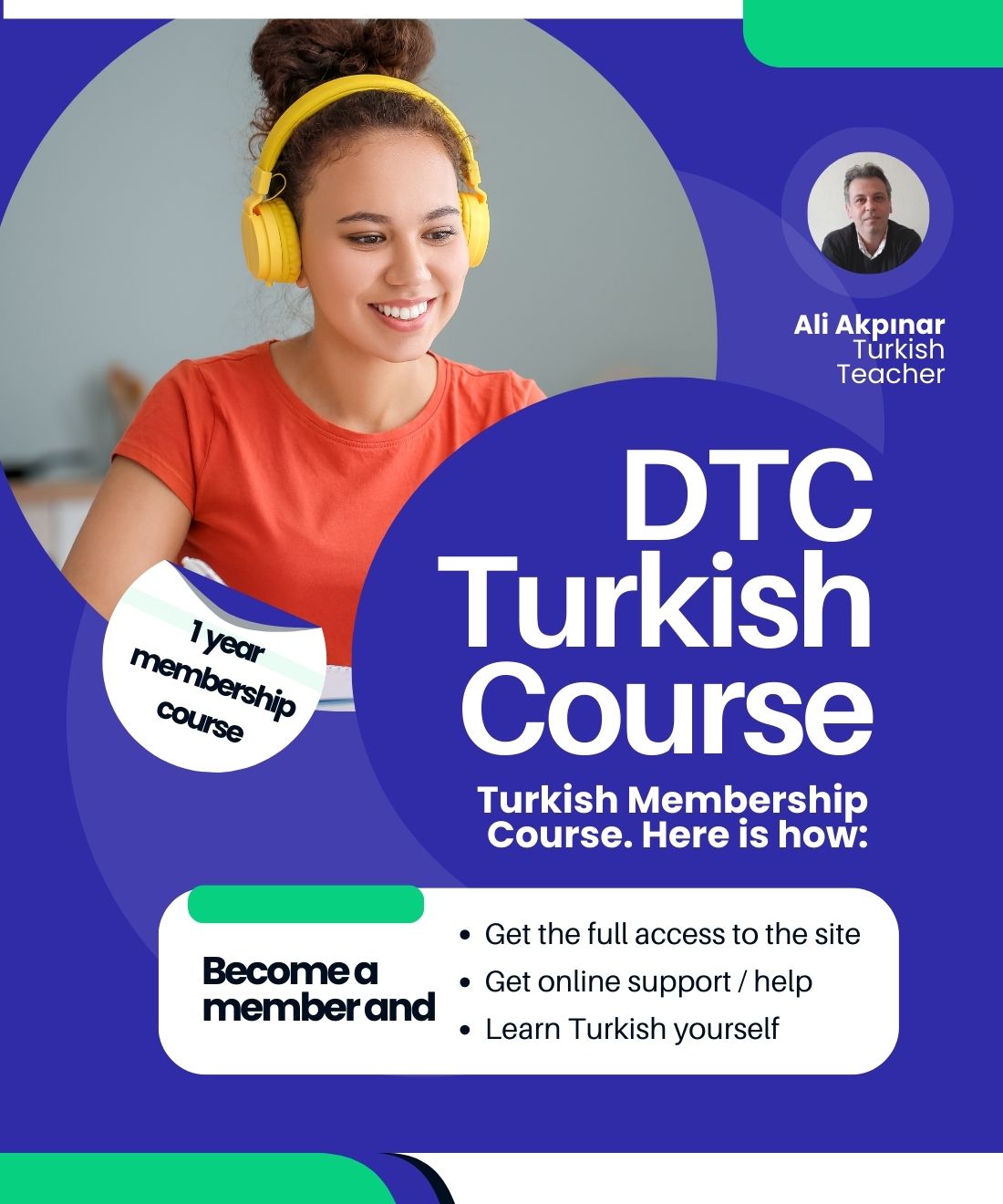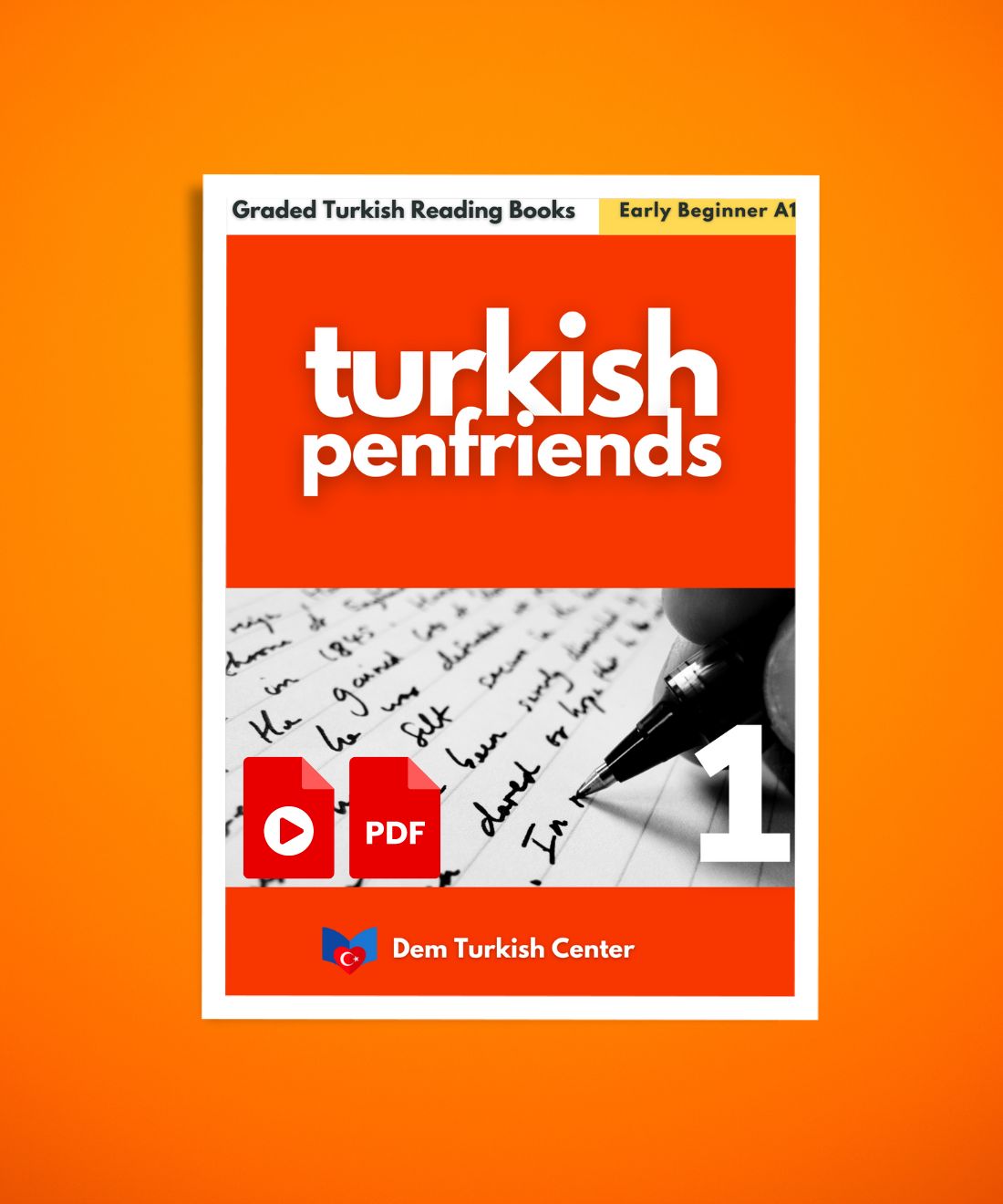
How to learn a language for travel fast
Learning a language quickly for travel requires a focused and practical approach, emphasizing essential phrases, situational vocabulary, and cultural understanding.
Here's a detailed guide to help you master the basics of a language efficiently:
How to learn a language for travel fast
1. Prioritize High-Frequency Vocabulary
Focus on the most commonly used words and phrases to ensure immediate applicability.
Start with essential categories
- Greetings Hello, goodbye, thank you, please, excuse me.
- Questions Where is…? How much? Can I have…?
- Numbers For understanding prices, addresses, and transportation.
- Emergency phrases Help, I’m lost, I need a doctor.
Resources
Use flashcards (apps like Anki or Quizlet) preloaded with travel-specific vocabulary.
2. Learn Travel-Specific Phrases
Prepare for common travel scenarios:
- At the airport/train station Where is the ticket counter? When does the train depart?
- Hotel check-in I have a reservation. Do you have Wi-Fi?
- Dining out I’d like to order… Is this vegetarian?
- Shopping How much does this cost? Can I pay by card?
Practice Tip: Repeat phrases aloud and visualize yourself in those situations.
3. Use Language Learning Apps
Apps can help you absorb vocabulary and practice on the go.
Best Apps for Travel Language Learning
- Duolingo Great for basic vocabulary and phrases.
- Busuu Offers real-life conversation examples.
- Mondly Focuses on travel-specific language needs.
Set daily goals, such as completing 10 phrases or 15 minutes of practice.
4. Practice Speaking
Speaking is crucial for travel; even imperfect attempts are useful.
- Learn pronunciation early Use tools like Forvo for native pronunciations.
- Simulate conversations Practice with AI tools or language exchange apps (e.g., HelloTalk, Tandem).
- Role-play scenarios with a partner Ordering food, asking for directions.
5. Leverage Mnemonics and Associations
Create mental images or stories to remember new words and phrases. For example:
To remember “merci” (thank you in French), imagine a kind person handing you a gift, and you say, "Merci!"
Use rhymes, word associations, or visual aids to enhance memory.
6. Immerse Yourself
Even without traveling, you can immerse yourself in the language.
- Watch travel videos or vlogs in your target language to learn practical phrases.
- Listen to native speakers via podcasts, music, or radio.
- Look for travel-themed content, e.g., "how to ask for directions" in the language.
7. Learn Polite and Non-Verbal Communication
- Politeness matters Learn words for *thank you, please, excuse me, sorry.
- Understand cultural gestures For example, nodding or shaking your head might have different meanings.
8. Use Travel Phrasebooks
- Carry a phrasebook or download an offline translation app like Google Translate.
- Highlight or bookmark sections relevant to your trip: dining, transportation, emergencies.
- Use the camera translation feature for signs and menus.
9. Practice Active Listening
- Focus on key words Even if you don’t understand everything, listen for familiar words or gestures.
- Ask questions Learn how to ask people to repeat or slow down: "Can you speak more slowly? I don’t understand. Can you write it down?"
10. Join a Crash Course or Hire a Tutor
Enroll in a travel-focused language course (in-person or online). Hire a tutor for 1:1 lessons focusing on your travel needs.
11. Prepare for Emergencies
Memorize key phrases for safety:
"I need help. Where is the police station? I’m allergic to…
Keep a card with your hotel address written in the local language.
12. Engage Locals
When traveling, don’t shy away from speaking to locals. They often appreciate the effort and will help.
Learn a few local expressions or idioms; they create goodwill.
Sample 7-Day Plan for Learning a Travel Language
- Day 1-2 Greetings, numbers, and essential polite phrases.
- Day 3 Master dining-related vocabulary and practice ordering food.
- Day 4 Focus on navigation (directions, transportation phrases).
- Day 5 Practice hotel check-in and shopping phrases.
- Day 6 Emergency language and cultural etiquette.
- Day 7 Simulate real-life scenarios using all you've learned.
Key Tips
Don’t aim for fluency. Focus on functionality and confidence. Use context clues and gestures if you get stuck. Be patient and smile—positivity makes communication easier.













